1
Steph W. from SEOPressor


👋 Hey there! Would you like to try out this New AI-Powered App that'll...
...help you check your website and tell you exactly how to rank higher?


81
score %
SEO Score

Found us from search engine?
We rank high, you can too.
SEOPressor helps you to optimize your on-page SEO for higher & improved search ranking.
By vivian on July 28, 2017

Many people create a website with their own set of preferences, which generally tend to include the visual design and the information they want to get across. These two things have a fraction of the impact of SEO, but because they’re considered ‘artistic’ as opposed to ‘technical’, it’s easier to get creative with them, so people are more motivated to do them.
That’s a mistake. But don’t worry! It’s one that you can easily start to put right. SEO will introduce you to new audiences, create a constant flow of steady traffic to your site, and make you more competitive with other page content that are out there in the market right now.
All these can be yours if you’re willing to knuckle down and get to it.
The first thing to make clear is: it’s never too late. While it’s always best to optimize your website from the beginning, you can still get the benefit from following a practical, actionable guide on how to do SEO for a website step by step.
I know, I know. So many guides provide generalized information or even conflicting information, and leave you with no idea where to start.
Well, I’m here to fix that. This week, I’ll provide you with a step by step, process-oriented guide that will help you understand what it is you need to do, how to do SEO for an existing website, and what impact it will have.
This is a beginning-to-end guide, covering all you need to know to start making your website perform better. Let’s dive in!
It’s important to start with the basics, which means making sure all the little things are in place. This is likely the most technical aspect, so I apologize for throwing you in at the deep end. Think of it this way, though: it all gets easier after this initial process.
I’m about to break down several technical factors that search engines analyze to determine where your website should be indexed and ranked. All of these elements come together to determine how optimized your site as a whole is. While it’s best to create a website with these in place as you go, you can go through them one by one and make sure they’re up to the standards you need.
In an increasingly mobile world, where the majority of searches now take place on mobile devices, it’s essential to make websites mobile-friendly. This means having quick load times and responsive frameworks that can display seamlessly on any device.
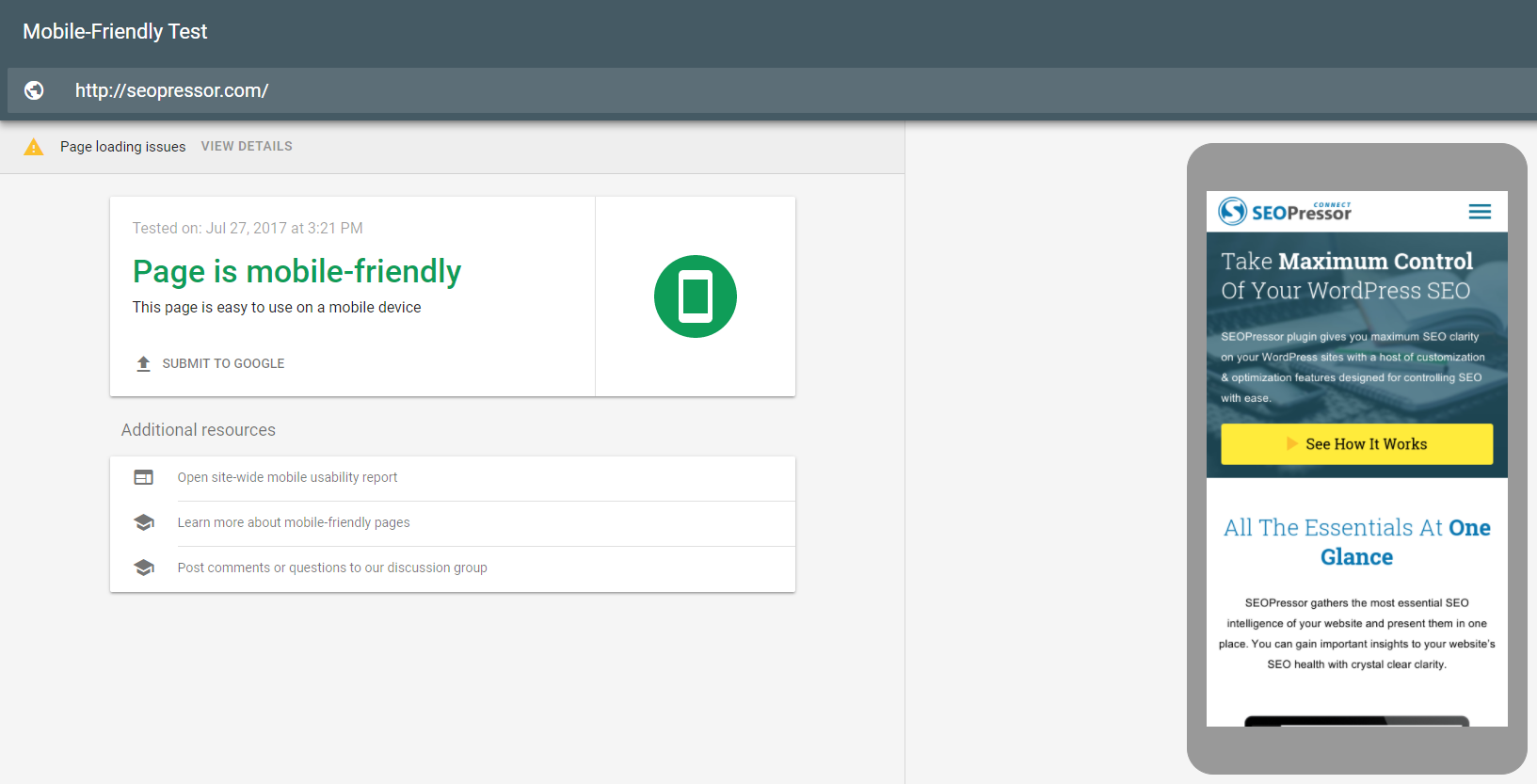
We have a comprehensive guide to making your website mobile-friendly, but you can also achieve this quickly by choosing a responsive WordPress theme.
This is the bit that might feel overwhelming because of how the code looks, but take a deep breath.

They allow machine algorithms to understand what the relationship is between content on your site. So for instance, you can show a machine that you’re talking about a person, then highlight what their hometown is, what their name is, what their occupation is, and so on. This will help search engines rank you.
Again, we have a comprehensive guide about semantic markups here. If you have too much content to go through your entire library, go through your most recent articles and static pages, and ensure you enact this practice moving forward.
Broken links throw a spanner in the works of your website. They are links that point to content pages that no longer exist, don’t load, or otherwise have problems. Finding broken links if you have a WordPress site can be made easy.

How fast your pages load is a big deal for both algorithms and users. If a page takes more than two seconds to load, it begins to drastically increase the number of people who will navigate away. In real terms, this is a lost opportunity. You want to minimize those by maximizing your speed.
Here’s a detailed post on site speed that you can read on: https://seopressor.com/blog/connection-between-site-speed-and-seo-today/
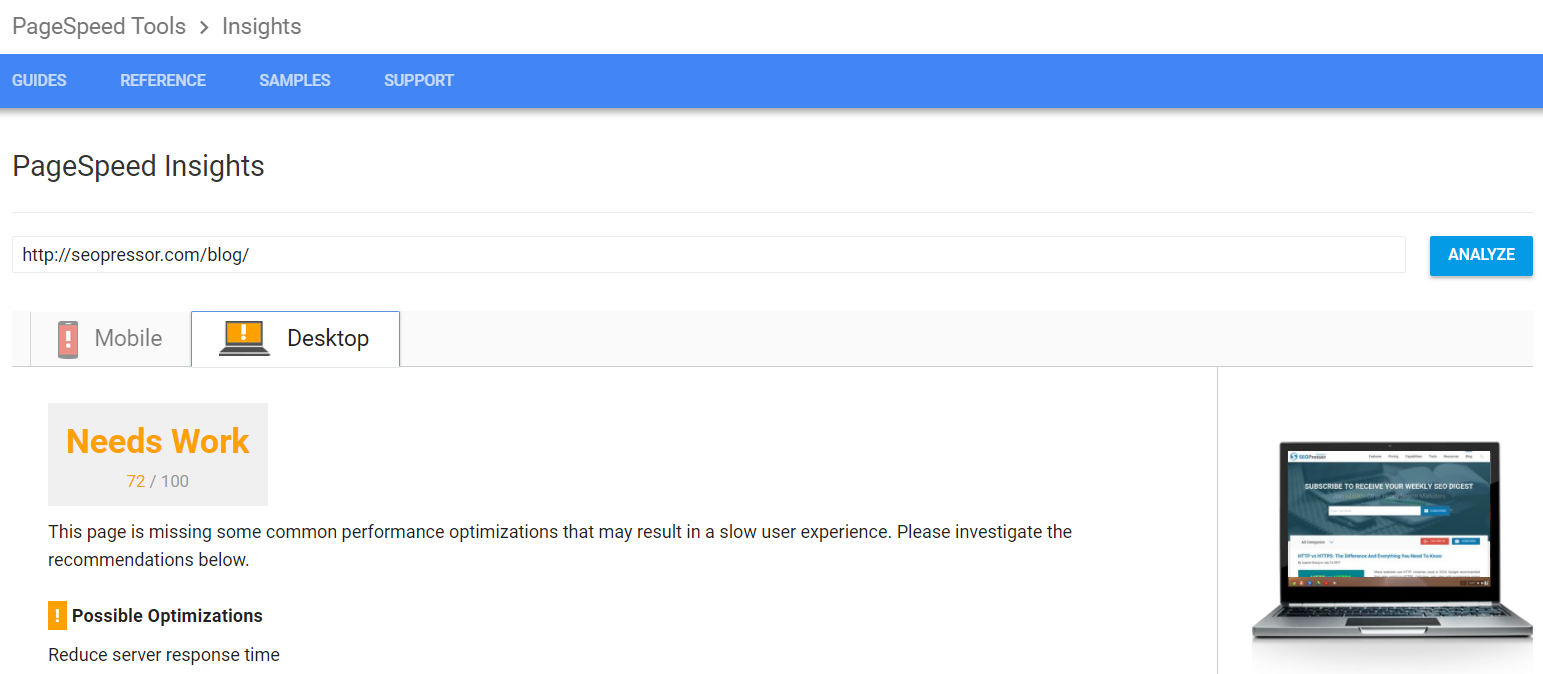
There is a host of things you can do to optimize load speed, which includes:
Meta tags indirectly help your website SERPs appearance and ranking. There are many types of meta tags that help Google, Bing, and others understand and list your work.

These include content type, copyright, description, keywords, title and even ‘robots’ which directly instructs algorithms on what to do with the page.
Create an XML sitemap to make sure algorithms can understand your site in full, and improve its listings accordingly.
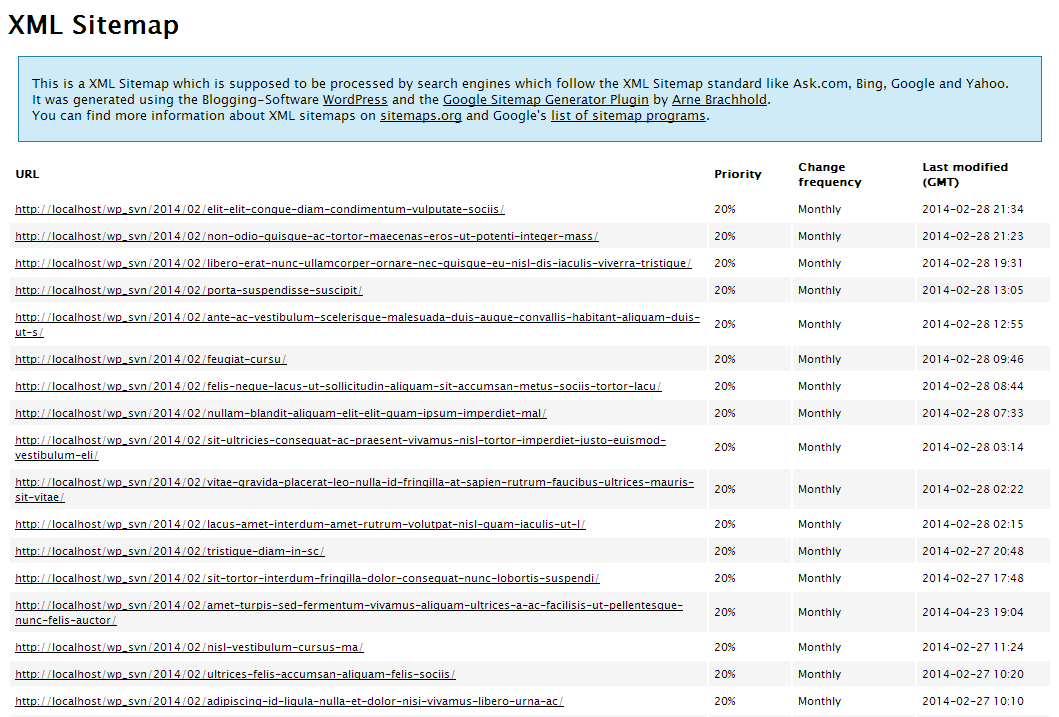
Just click Sitemaps and follow the steps. With your technical, on-site SEO complete, it’s time to analyze your traffic!
Your traffic is the life source of your website. Otherwise, it’s just a tree falling in the forest with no one there to hear it. You need to make sure you understand your traffic, where it’s coming from, and how to get more of it.

Using Google Analytics is the most important thing you can do, as it’s a control center that provides you with all the information you’ll need. Installing Google Analytics on your website is easy, and opens up whole new worlds. Sign up and sign in, select the website, and fill in the details to get your tracking code. Then install Google Webmaster Tools and add your tracking code to begin reaping data and insights from your traffic.
Remember in Section 1 when I said things get easier after the on-site stuff? Hopefully, now you’re beginning to see how once your site is optimized, your actions become much simpler and much, much more impactful. So, now we know where your existing traffic is coming from, let’s get you more, new traffic!
Using the top keywords identified as bringing the most traffic to your site, you can begin to expand the keywords you target. This takes research, and there are several methods you can employ.
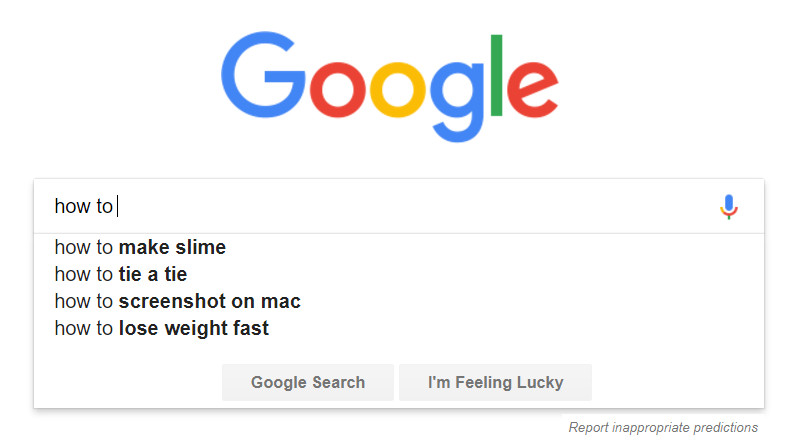
There are many other tools you can use to generate further keywords.
Keyword Intelligence places a great emphasis on identifying the right keywords or phrases on searcher’s intent for your SEO strategy.
Once you enter your keywords in the search bar, it will immediately return will a list of keywords with their important information, including search volume, cost per click, competition, type of intent, and value.

Use the ‘Advanced Filter’ feature to get keywords that are closely related to your target keywords.
This awesome keyword tool also has a feature that allows you to make in-depth keyword research. Click the ‘Advanced Filter’, and you will have the options to select the level of relatedness, long-tail, and type of intent.

Other than the related keywords, you can also expand your keywords by switching between content ideas, popular questions, and trending searches tab.
Try the Keyword Intelligence for free here!
LSI or Latent Semantic Indexing is a computer-science term for things that have the same meaning. In language, we call them synonyms. It really is as simple as that.
By thinking about synonyms for your keywords you’ll pick up users searching for the same thing in different ways. These are also sometimes referred to as long-tail keywords – two or three-word phrases.
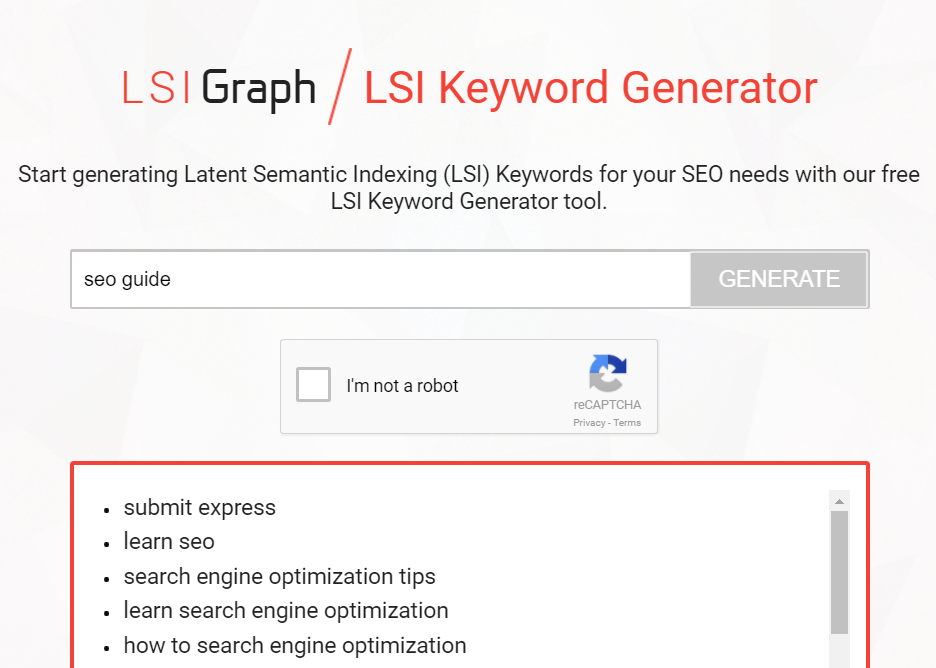
Keyword Planner is a free AdWords tool that allows you to discover what keywords are trending, where you can be competitive, and what works within your industry and for your business goals. It’s designed to sell AdWords, of course, but it can also be used to great effect for on-page SEO.
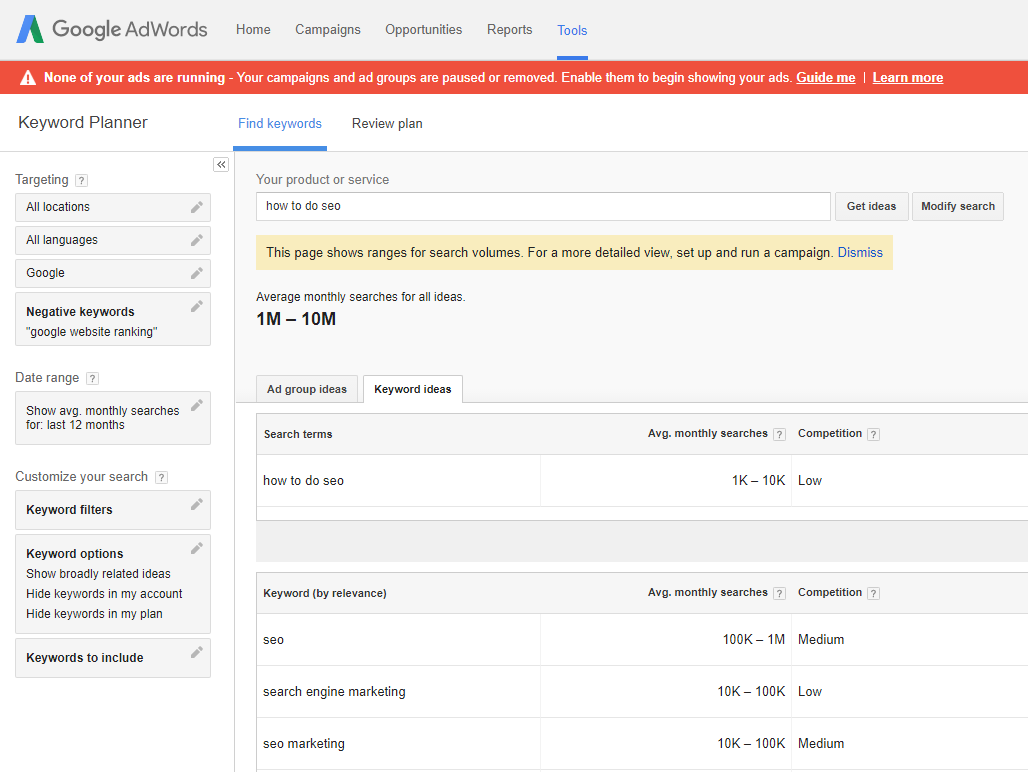
Now you have a good understanding of how to generate more traffic by using what is already working as a springboard to expand your horizons. From here, we need to look at amplifying the impact all this work has, and that happens by improving your search engine ranking.
Search engine rankings are affected by everything we’ll cover in this post and are generating according to the keywords you’re targeting.
Make sure you are using the tools listed here to identify the strongest keywords for you to target. You want keywords that are attracting a lot of traffic on sites like Google, but are still competitive – some businesses may have a certain keyword locked down, and you may wish to target something where you can make easier progress.
Rank Intelligence is a new and unique tool that allows you to ‘reverse engineer’ your rankings, and see what keywords you are already ranking for.
Instead of choosing one and starting from scratch, you can see where you’ve already started to succeed in other to double down your efforts and ensure you get to the top.
Just enter your domain in the Rank Intelligence, and the tool will show you all the keywords and pages you are already ranking for.

If you’re a thousand places down in the rankings for a keyword, it’s probably not going to be worth your time upping your ranking. Prioritize maximizing the impact of what’s already working for you.
Filter your ranking position using the ‘Advanced Filter’ in Rank Intelligence to see only those keywords that are ranking between 2 to 10.

Then, start optimizing them to get them to move to the first position.
Try Rank Intelligence for free here.

You need to prioritize the keywords where a small change can deliver a big impact. If you’re ranked 11th, a small increase in rank can take you from page 2 to page 1 – an exponential increase in traffic to your site. Push it and see where you get to.
Paying attention to your ranking allows you to focus your work strategically toward the things that will make the biggest difference to your website’s success. While you shouldn’t obsess exclusively over it, it will be good to know how to track it so you can see the difference the rest of these steps are making.
If you just shouted at the screen, “Isn’t that what we’ve been doing this whole time?!”, then never fear. It is. But now I’m going to take you back to step one and flip something on you.
Earlier I said, optimize your most recent content with things like semantic markups and make sure you keep doing so moving forward. But if you want to maximize your results, you need to use other strategies on more of your pre-existing content.
After all that research, you now have a much better idea of what it is you’re trying to target. It will take just a couple of minutes to go into an old post and edit in those keywords, LSI keywords, and more to make sure that content is helping bring traffic to the table.
WordPress SEO plugins like SEOPressor will analyze your content as you write it, and audit it for SEO efficiency and effectiveness. This tool will help you optimize your content for a better SEO, understand what LSI keywords to use, where to put them, and in what density to ensure peak performance. Going over your old posts with a new tool can give them a new lease of life.
If you’re looking for a free tool to check your website SEO, try Content Intelligence.
Content Intelligence will analyze the page’s content and show you its performance.
What I love the most about this tool would be the line-by-line analysis! It allows you to see each section’s relevancy grade, type of sentiment, and readability grade.

The ‘relevancy’ shows you how relevant is that section to your target keyword. Make sure to optimize each section to better match your user’s intent.
Try Content Intelligence for free now!
Instead of looking at your workload in terms of prioritizing the most recent content, look at in terms of what content is most popular. Reinforcing what is already strong will boost individual post-performance and your overall ranking for the keywords you want.
Start with your top-performing posts and work down. Remember, these new strategies may also transform the performance of your poorly performing older posts.
Now we’ve got our website, our ranking and our content all tuned up, there’s only one thing left to think about.
New content is essential to the growth of your site, and your audience. Having regularly updated, high quality, insightful articles on your site will make all the difference in establishing loyalty and habits in your readership. Time spent on your site, a number of returns to your site, and clicks within your site will all help inform Google about how authoritative your website is, which will have a big impact on your ranking.
Create a content plan based on your chosen keywords.
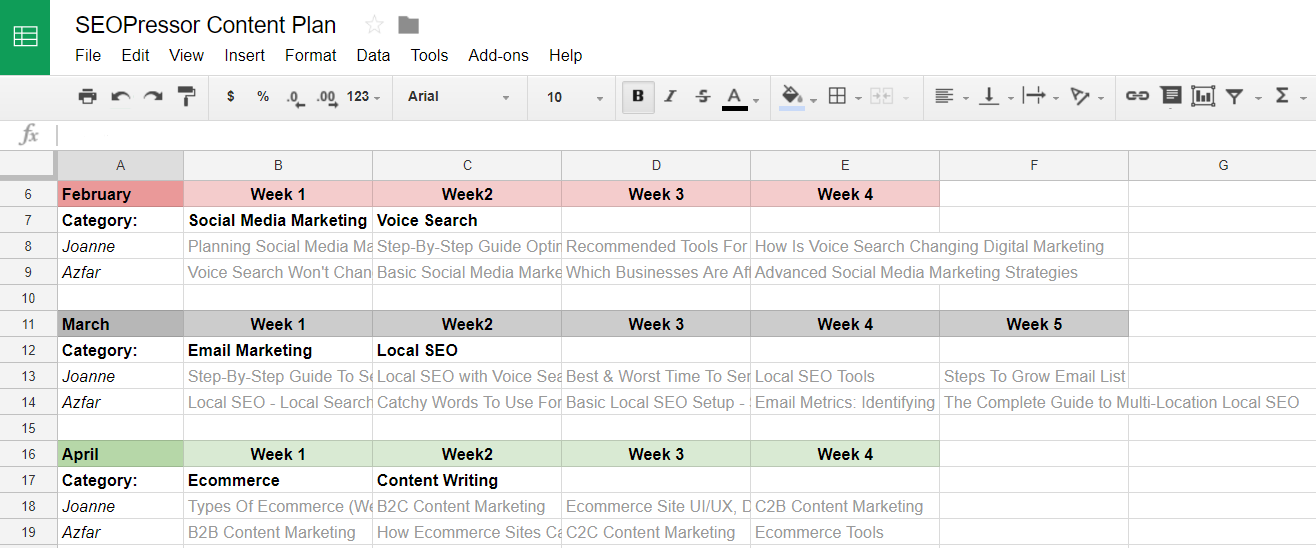
I’ve previously recommended a top down approach to creating a content plan which has described in detail how you can proliferate a huge range of content from just a single keyword, and keep your site thriving by being both varied and specific with your articles. Ensuring your articles are always informed by your target keyword is the easiest way to stay on track.
Once you have a plan, you have to follow through. The single best thing you can do for your success online is to write high quality, well-optimized and properly targeted content, and publish it regularly on a predictable schedule.
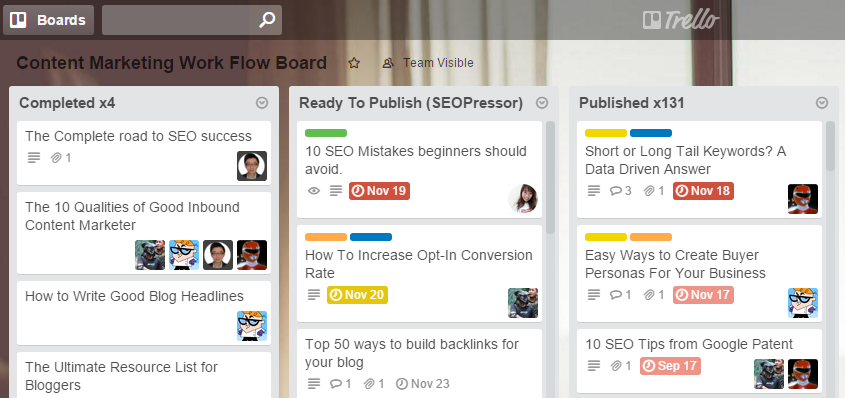
You only need 2-3 pieces of content a week, in a mix of long-form (over 3,000 words) medium (2,000-2,500 words) and short-form (500-1,000 words) to develop the kind of audience you’re looking for.
As far as SEO is concerned, your key performance indicators (KPIs) are your traffic and your rankings. If you’re selling directly to your visitors, you can also look at sales figures as a KPI, but that’s another story for another time. If your traffic goes up, great, think about how you can improve. If it goes down, what changed, what was missing, and what can you do differently? From here on out, it’s all about fine-tuning your approach. You have all knowledge, understanding, strategy, and tools you need.
If you need more SEO guides, we have another informative blog post about SEO for beginners.
Any questions on how to do SEO for existing website? Drop them in the comments section below. Any insights on how to do SEO for existing websites? Share them with our community. No? Happy? Alright! See you next week.
[This blog post was first written and published by Joanne on June 28, 2017. It is most recently updated by Howard on Jun 3, 2020]
Updated: 25 April 2024

Gotcha.

Generate 5,000 words in under 5 minutes

Publish 100+ blog posts monthly

Rank in the Top 10 with SEO-optimized content

Drive 500K organic traffic
Rank in the Top 10 now with Longform AI
Save 67% today (As low as $14.69/mo)
